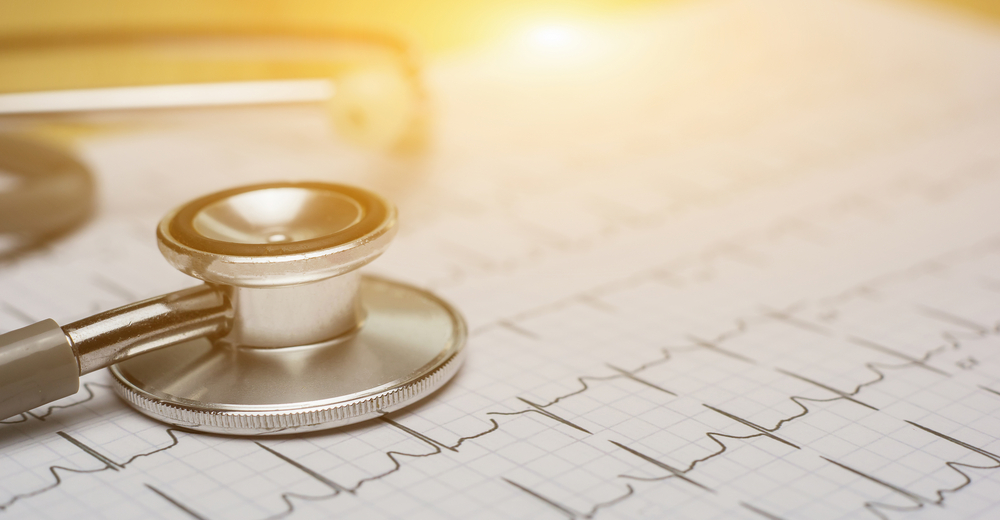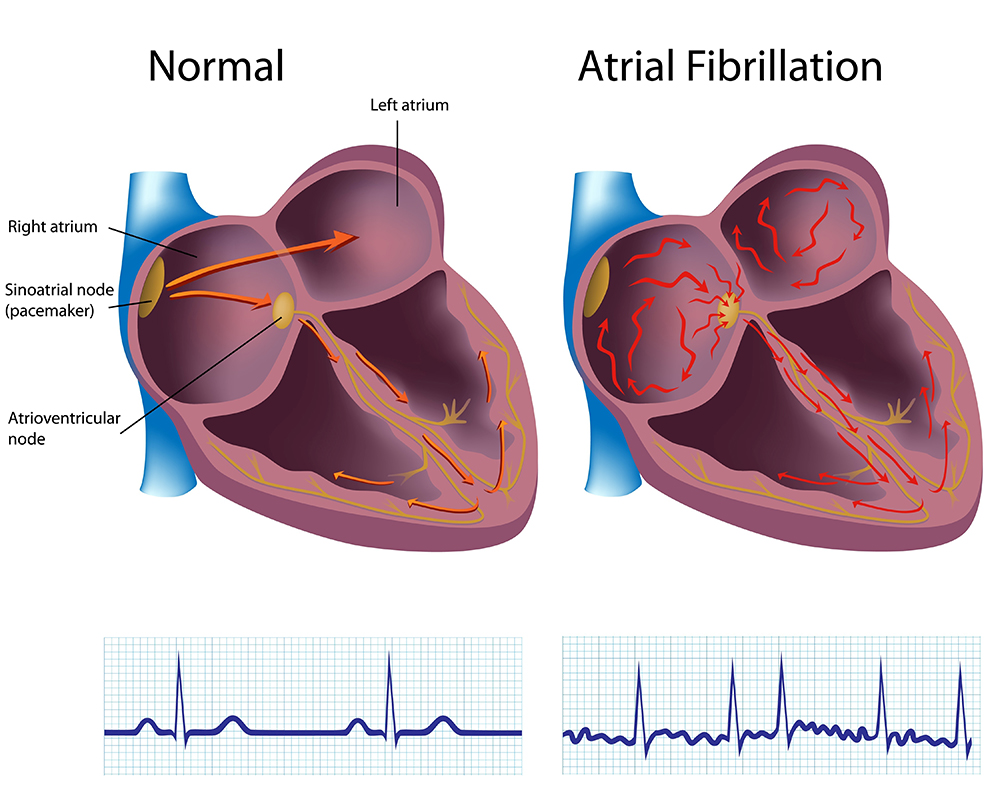
Atrial fibrillation (also called AFib or AF) is an irregular heartbeat (arrhythmia) causing the top chambers of the heart to ‘quiver’, which can lead to blood clots, stroke, heart failure and other heart-related complications. Atrial fibrillation symptoms often include heart palpitations, shortness of breath and generalised weakness.

The aim of treatment for AF is to prevent complications, particularly stroke, and to alleviate symptoms. Treatments include anticoagulants to reduce the risk of stroke and treatments designed to restore or maintain a normal heart rhythm or slow heart rate in people who remain in atrial fibrillation.
Non-pharmacological treatments include electrical cardioversion, which may be used to ‘shock’ the heart back to its normal rhythm and catheter ablation which is the procedure used to try to cure atrial fibrillation.
Below are a few of the methods used for managing atrial fibrillation:
Anticoagulants
Anticoagulants are medicines that help prevent blood clots. They’re given to people at a high risk of getting clots, to reduce their chances of developing serious conditions such as strokes or blood clots in a major artery when AF is present.
Beta-blockers
Beta-blockers, also known as beta-adrenergic blocking agents, are medications that lower heart rate and help to try to prevent episodes of AF. They also reduce your blood pressure and are used to treat angina and a number of other conditions.
Catheter ablation
Ablation is a technique of heating or freezing small areas of tissue within the heart to destroy that tissue to prevent abnormal heart rhythms from occurring. It is the only method of curing AF and is offered to patients with symptoms which cannot be controlled with medications or if the AF causes impairment of heart function. Ablation for AF is now by far the most commonly performed ablation procedure in the world.
Digoxin
Digoxin is used to slow the heart rate in patients with atrial fibrillation.
Electrical cardioversion
Electrical cardioversion is a procedure in which an electric current is used to reset the heart’s rhythm back to its normal pattern (normal sinus rhythm). The electric current is applied through adhesive patches that are applied to the chest wall. It is only ever temporary, but can still be useful to quickly restore normal rhythm when drugs have failed or are inappropriate.
These management options are not exhaustive and you should speak with an atrial fibrillation specialist to discuss the course of treatment that is right for you.
This article is for information only and should not be used for the diagnosis or treatment of medical conditions. myHealthSpecialist makes no representations as to the accuracy or completeness of any of the information in this article, or found by following any link from this article. Please consult a doctor or other healthcare professional for medical advice.

Dr Oliver Segal, Consultant Cardiologist and Electrophysiologist